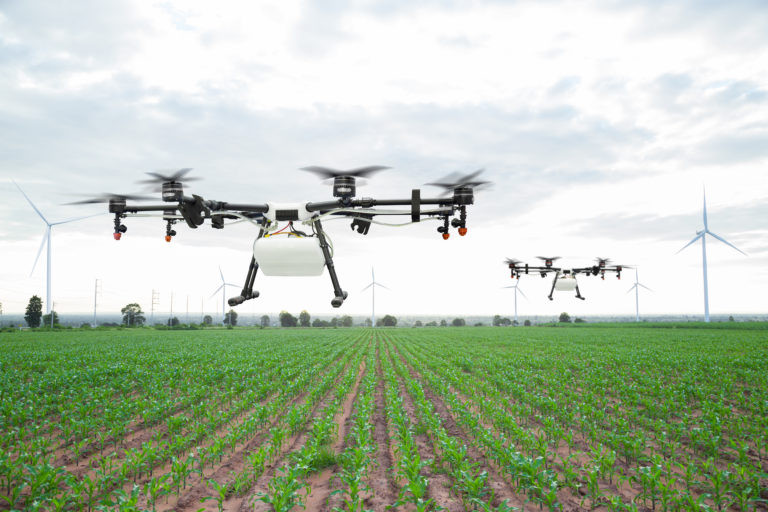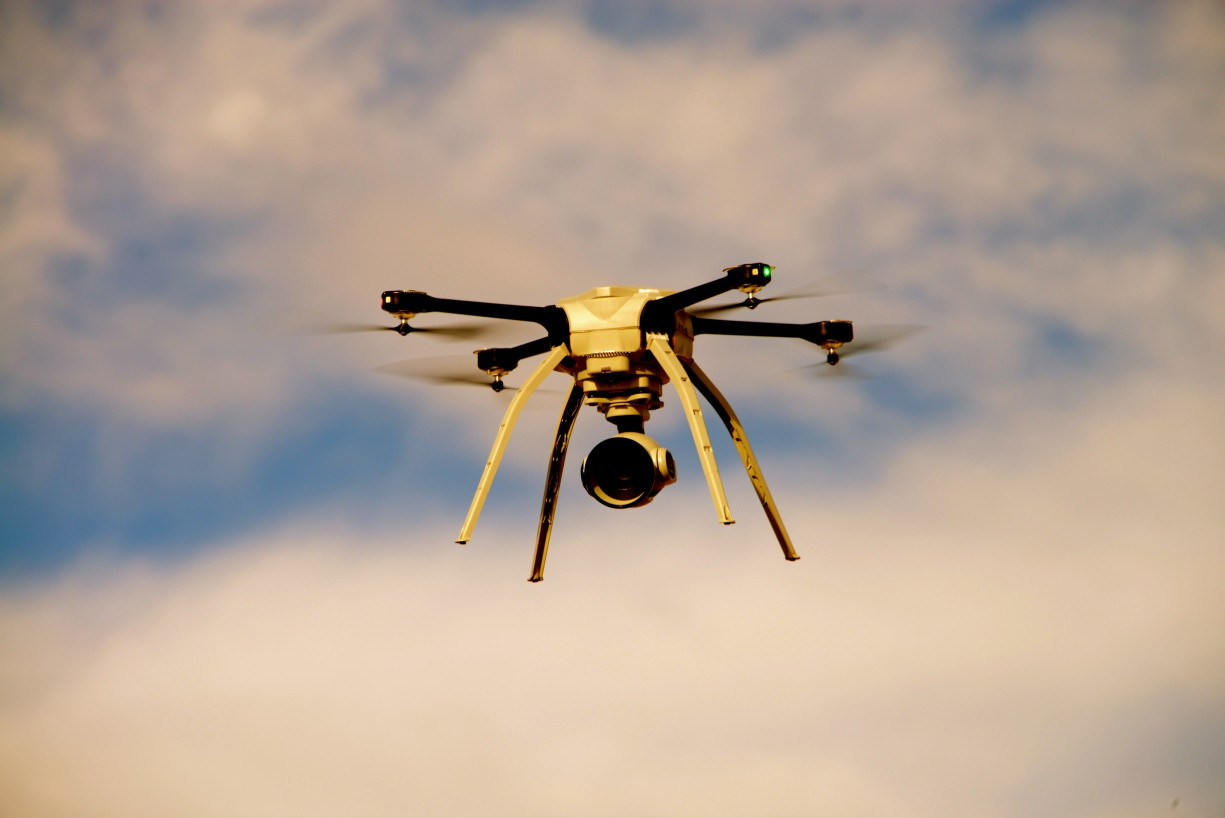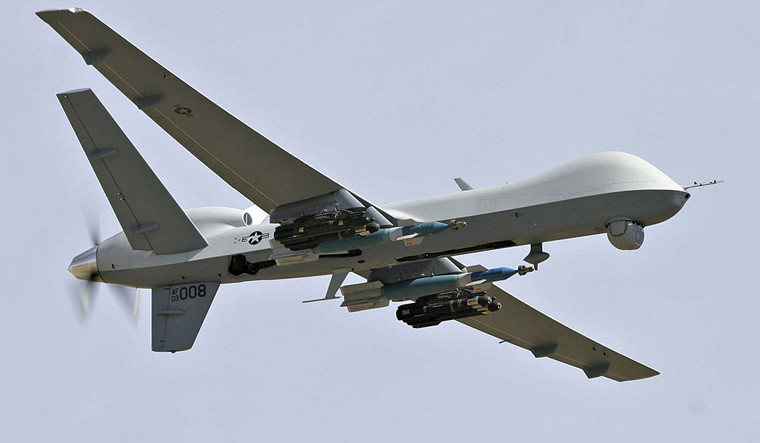DRONES-Cyber and Aerospace Security
Drones:
- Similar to multiple technologies that have changed the way we live, drones too trace their origins in military usage. The earliest recorded use of drones dates back to 1849 when Austria attempted to attack Venice using explosive-laden unmanned balloons. Although balloons would not be considered a drone today, this was a technology Austria had been developing for months before, which led to further advancements.
- With the onset of World War I, powerful countries such as Great Britain and the United States extensively pursued the development and testing of unmanned aircrafts to strengthen their military prowess. Today drones are a critical asset for all military forces of the world.
- The commercial applications of drones were not widespread until the 21st century; however, the adoption of drones for commercial applications has picked up an exponential pace in the past two decades. Their use is becoming indispensable as they provide a significant advantage in increasing efficiency, saving cost and reduce the risk of operations across a plethora of sectors such as agriculture, mining, law enforcement, disaster management, infrastructure and more.
- Their ability to perform diverse tasks has opened up endless possibilities that help solve some of the most pressing problems of the world
Types of Drones:
1. SPRAYING DRONE |
2. EO DRONE |

|

|
3. COMBAT DRONE |
4. COUNTER DRONE |

|

|
Role of BECIL:
BECIL undertakes turnkey projects in drones and counter drones while playing a pivotal role in the modernization and growth of organizations and ensuring the completion of the project to the complete satisfaction of the clients.
Risk of Rogue Drones:
- As the global drone market has grown manifold, the debates on legal, regulatory, and even ethical issues around their use are prominent. Consumer drones are readily available in the market and don't require much expertise for operating. However, the lobal mechanisms towards regulating and countering rogue drones, both procedural and technologically have remained inadequate till now.
- Issues pertaining to collision with manned aircraft and aviation safety are also becoming a matter of concern. Recently, incidents of 'near misses' and air collision involving unmanned drones and manned aircraft, reported worldwide have come to light.
- The threat quotient for VVIPs who can be targeted through rogue drones has increased dramatically. Recent incidents of the utilization of drones to target VVIPs in Venezuela and operations of such platforms dangerously close to dignitaries in Germany, Japan and the USA are a stark reminder of the threat level from errant and rogue drones.
- Even among the industrial spectrum, extensive and costly disruption to vital nuclear installations, power lines or oil refineries etc. from rogue drones remains a potential threat area.
- In the military domain too, small drones have been proliferating at an alarming rate for battlefield commanders and planners alike.
Hence, public safety and security due to the unauthorized usage of drones are at risk globally. To mitigate the above risks, counter-drone systems such as RF Jammers, drone nets, laser guns are used to detect, track and intercept rogue drones.








